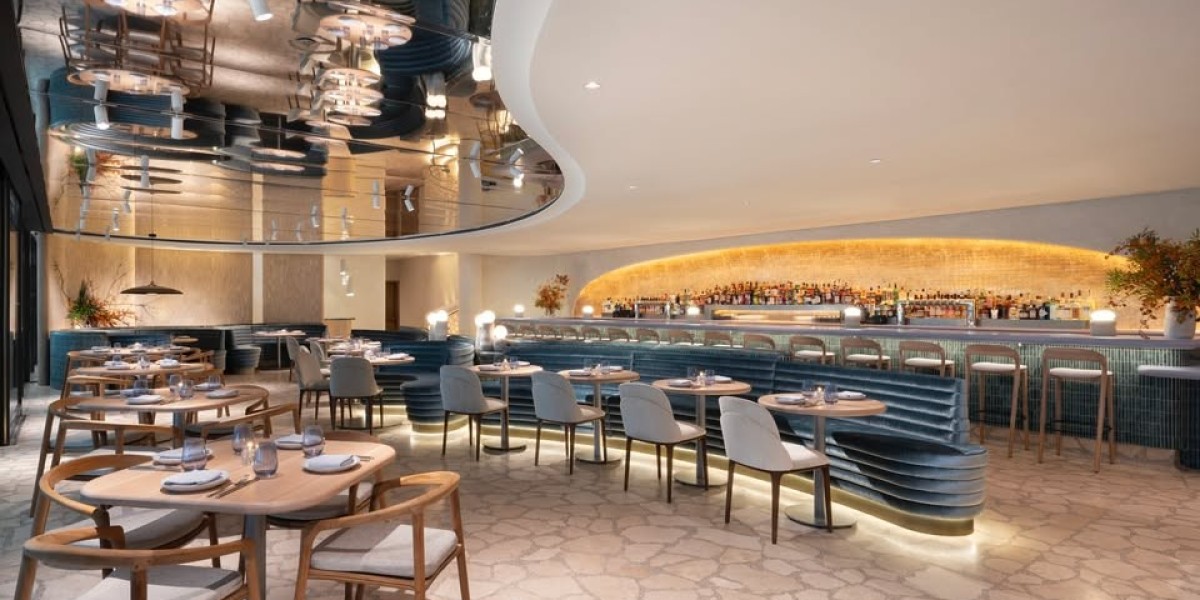Once upon a time, Omakase was something you only experienced sitting at a sleek, quiet sushi counter. You’d watch the chef carefully slice a piece of toro, maybe chat about the seasonality of uni, and savor each bite in a dimly lit room designed to make time slow down. Fast-forward to today—and somehow, you can now enjoy that same attention to detail and elegance in your own kitchen, possibly while wearing pajamas.
Welcome to the world of Omakase takeout—a new era of sushi that blends tradition with the comfort of eating at home.
What Is Omakase Anyway?
Let’s back up for a second. “Omakase” is a Japanese phrase that roughly translates to “I’ll leave it up to you.” In the sushi world, it means giving full control to the chef. No menu. No substitutions. Just trust.
The chef chooses what to serve based on what’s freshest, what’s in season, and how the flavors and textures will flow from one piece to the next. It’s not just a meal—it’s a journey, an art form. And until recently, it was pretty much exclusive to fine dining spaces with limited seating and even more limited reservations.
Takeout Omakase? Yes, and It’s Surprisingly Amazing
You might think the idea of taking high-end sushi to-go sounds a little wrong. After all, sushi is about precision, temperature, timing. But here’s the surprise: when done right, omakase takeout doesn’t feel like a watered-down version. It feels thoughtful, elegant—even special.
Many top sushi chefs started offering curated takeout boxes during the pandemic, and the trend stuck. It gave people a chance to experience a bit of luxury at home, minus the price tag and pressure. And honestly? For sushi lovers who crave quality but also want the option to eat on their own schedule, it’s been a game-changer.
What to Expect in a Takeout Omakase Box
Most omakase takeout boxes aren’t just tossed-together rolls or pre-cut sashimi platters. They’re carefully arranged, beautifully balanced, and often come with instructions on what order to eat things in, or whether to use soy sauce (some pieces are already brushed with it—don’t ruin it with a dunk!).
Here’s what you might find:
- A mix of nigiri – Tuna, yellowtail, scallop, eel, and more, each with unique toppings like yuzu kosho or shiso leaf.
- Seasonal fish – Things you won’t see at the supermarket sushi counter, like kohada (gizzard shad), kinmedai (golden eye snapper), or engawa (flounder fin).
- Delicate touches – House-made tamago, marinated mushrooms, or a small bite of uni over sushi rice.
- Packaging that shows care – No soggy rice or smashed fish. Everything is packed with the same precision as if you were dining in.
Where to Find It
If you’re in a major city like New York, Los Angeles, or San Francisco, you’re in luck. There are now a growing number of sushi spots offering omakase for pickup or delivery—some with full traditional training, others with a more modern spin.
Here are a few types of places to look out for:
- Established omakase restaurants that now offer to-go boxes on off-nights or weekends.
- Ghost kitchens or pop-ups that specialize solely in takeout omakase (some of which are run by former fine-dining chefs).
- High-end Japanese grocers or food halls that team up with local sushi chefs for limited-edition boxes.
Even outside of big cities, some up-and-coming sushi chefs have started Instagram-based takeout businesses, where you can DM to order a box and pick it up once a week. It’s personal, exclusive, and a lot of fun to be part of.
The Experience at Home
Unpacking an omakase box at home feels different from your usual takeout routine. It’s less about eating quickly and more about slowing down.
Some people go all out—pouring sake, lighting candles, maybe even plating the sushi on ceramic dishes they’ve been saving for a “special night.” Others eat straight from the box on the couch while watching Netflix. Both are valid. The beauty of omakase takeout is that it’s yours to enjoy however you want.
Want to geek out a bit? Look up each piece of sushi as you eat it. Learn about the fish, where it comes from, how it's prepared. Suddenly your Friday night dinner becomes an edible deep dive into Japanese culinary tradition.
Why People Love It
There’s something refreshing about trusting the chef without needing to make a dozen decisions. No arguing over which roll to split. No pressure to pick the “right” thing off the menu. Just beautifully made sushi, tailored by someone who knows what they’re doing.
It also makes a great gift or celebration meal. Birthday? Promotion? Just finished a really long week? An omakase box feels elevated but not over-the-top. It says “I care” without screaming “I panicked and bought you a cake from Duane Reade.”
A Few Quick Tips for Omakase Takeout First-Timers
- Eat it as soon as you can – Sushi waits for no one. The texture and temperature are best within 30–60 minutes of pickup.
- Don’t drown it in soy sauce – Seriously, trust the chef’s flavor balance.
- Order in advance – These boxes often sell out fast, and some chefs only make a limited number each week.
- Respect the craftsmanship – Even though you’re eating at home, treat the food with care. It’s not fast food—it’s an experience.
Final Thoughts: Fine Dining, Reimagined
Omakase sushi take-out restaurant might not give you the quiet hum of a sushi bar or the sound of a knife tapping gently on a wooden board—but it does give you the essence of the experience. Thoughtful, beautiful food, made with purpose. The chance to be surprised. A reason to slow down, even if it’s just for twenty minutes on a Wednesday night.
So next time you’re thinking about ordering in, skip the usual pizza or pad thai. Try an omakase box instead. You might just find that some of the best sushi experiences don’t happen in a restaurant—they happen at your own kitchen table.



